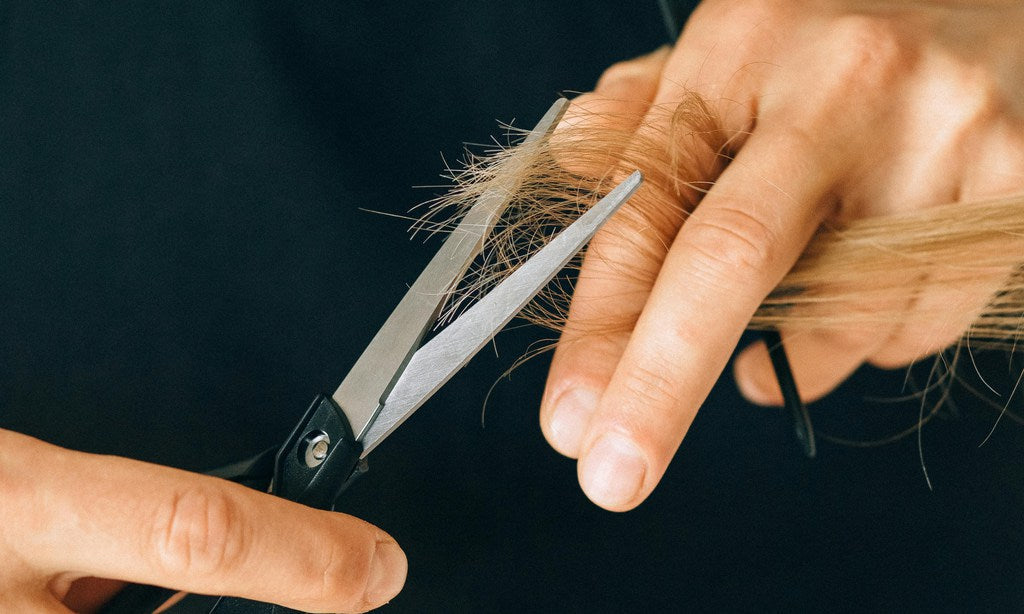
How to choose a right hair prosthesis for men?
Choosing the right hair prosthesis for men involves several considerations to ensure a natural look, comfort, and durability. Here’s a step-by-step guide to help you make the best choice:
1. Determine the Type of Hair Prosthesis
-
Wigs: Full-head coverage, ideal for complete hair loss.
-
Hairpieces: Partial coverage for specific areas (e.g., crown, front hairline).
-
Toupees: Small, custom pieces for targeted bald spots.
2. Select the Base Material
-
Lace: Lightweight and breathable, offers a natural scalp appearance.
-
Monofilament: Durable and realistic, allows for versatile styling.
-
Polyurethane (PU): Thin and undetectable, good for sensitive scalps.
-
Silicone: Provides a secure fit and natural look but may be heavier.
3. Choose the Hair Type
-
Human Hair: Most natural look and feel, can be styled and colored.
-
Synthetic Hair: Lower maintenance, pre-styled, but less natural.
-
Blended Hair: A mix of human and synthetic hair for balance.
4. Match Hair Color and Texture
-
Select a color that matches your natural hair or desired look.
-
Choose a texture (straight, wavy, curly) that complements your style.
5. Consider the Attachment Method
-
Adhesive: Provides a secure fit but requires regular maintenance.
-
Clips/Combs: Easy to attach and remove, suitable for partial hairpieces.
-
Tape: Offers a strong hold and is less visible.
-
Magnetic: Non-invasive and easy to use, but may not be as secure.
6. Measure Your Head
-
Ensure the prosthesis fits properly by measuring your head circumference and the area of coverage.
-
Custom-made options are available for a perfect fit.
7. Assess Quality and Durability
-
Look for high-quality materials and craftsmanship.
-
Check reviews or consult a professional for recommendations.
8. Consult a Specialist
-
Visit a hair replacement specialist or trichologist for personalized advice.
-
They can help with fitting, styling, and maintenance tips.
9. Budget Considerations
-
Prices vary based on material, type, and customization.
-
Balance quality with affordability, but prioritize natural appearance and comfort.
10. Maintenance and Care
-
Choose a prosthesis that aligns with your lifestyle and maintenance preferences.
-
Human hair requires more care, while synthetic options are easier to maintain.
By considering these factors, you can find a hair prosthesis that looks natural, feels comfortable, and suits your needs.








